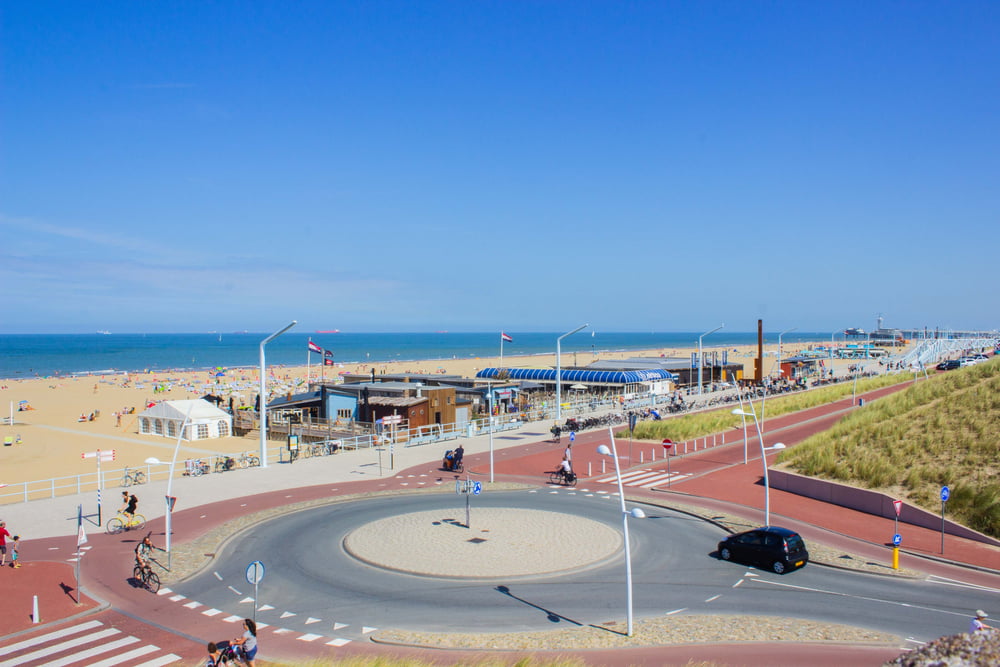The municipality of The Hague has commissioned a study into the effects of the expansion of the environmental zone in the city.
The municipality of The Hague will look into whether the zero-emission zone that will be introduced in 2025 in the center of The Hague can be simultaneously extended to the coastal strip. A zero-emission area (emission-free area) for city logistics in Scheveningen has a substantial positive effect on the nitrogen deposition in Natura 2000 areas. This can create nitrogen space that is necessary to realize the building ambitions of The Hague.
The municipality of The Hague has commissioned a study into the effects of the expansion of the environmental zone in the city. We looked at what measures the city council should take to realize the building ambitions of The Hague. Combating nitrogen emissions for nature restoration and the building task is very urgent. The council therefore wants to gain insight into the feasibility and social impact as soon as possible, so that the next step can be taken around the summer,” says alderman Arjen Kapteijns (Energy Transition, Sustainability and Climate Adaptation).
The term zero-emission zone refers to a zone that is only accessible to vans and lorries without CO2 emissions at the exhaust, for example with an electric motor. From 2025, The Hague will introduce such a zero-emission area for city logistics in the city centre. Now we are looking at what a simultaneous expansion of such a zero-emission zone in Scheveningen would look like and whether this is feasible. Only when the feasibility, effects, enforcement, transitional arrangements and policy are clear will a decision be taken on this.

Setting up a zero-emission zone for delivery vans and trucks is possible on the basis of national regulations from 1 January 2025. This means that new vehicles used by businesses may not emit any CO2. For existing delivery vans and trucks, depending on the emission class, a transitional arrangement applies and exemptions are made possible. To help entrepreneurs, the government provides a subsidy for clean delivery vans and trucks.
Step-by-step
Research into the expansion of the zero-emission zone for city logistics to the coastal strip is in line with the development already underway in the city centre. The Hague bans the most polluting diesel vehicles from the city center and old mopeds and light mopeds are no longer allowed to drive everywhere. There are similar zones for trucks. Implementation of these measures is necessary to restore nature in our Natura 2000 areas and to enable the progress of the housing assignment, construction and maintenance of (public transport) works and energy facilities.
With a possible expansion of the zero-emission area, we can also mean something for the health of our residents. Particularly for vulnerable groups such as the elderly, children and people with respiratory problems, the municipality also wants to improve the quality of the air in the city. The Hague strives for the recommended values of the World Health Organization for particulate matter, says alderman Arjen Kapteijns of the Municipality of The Hague.


